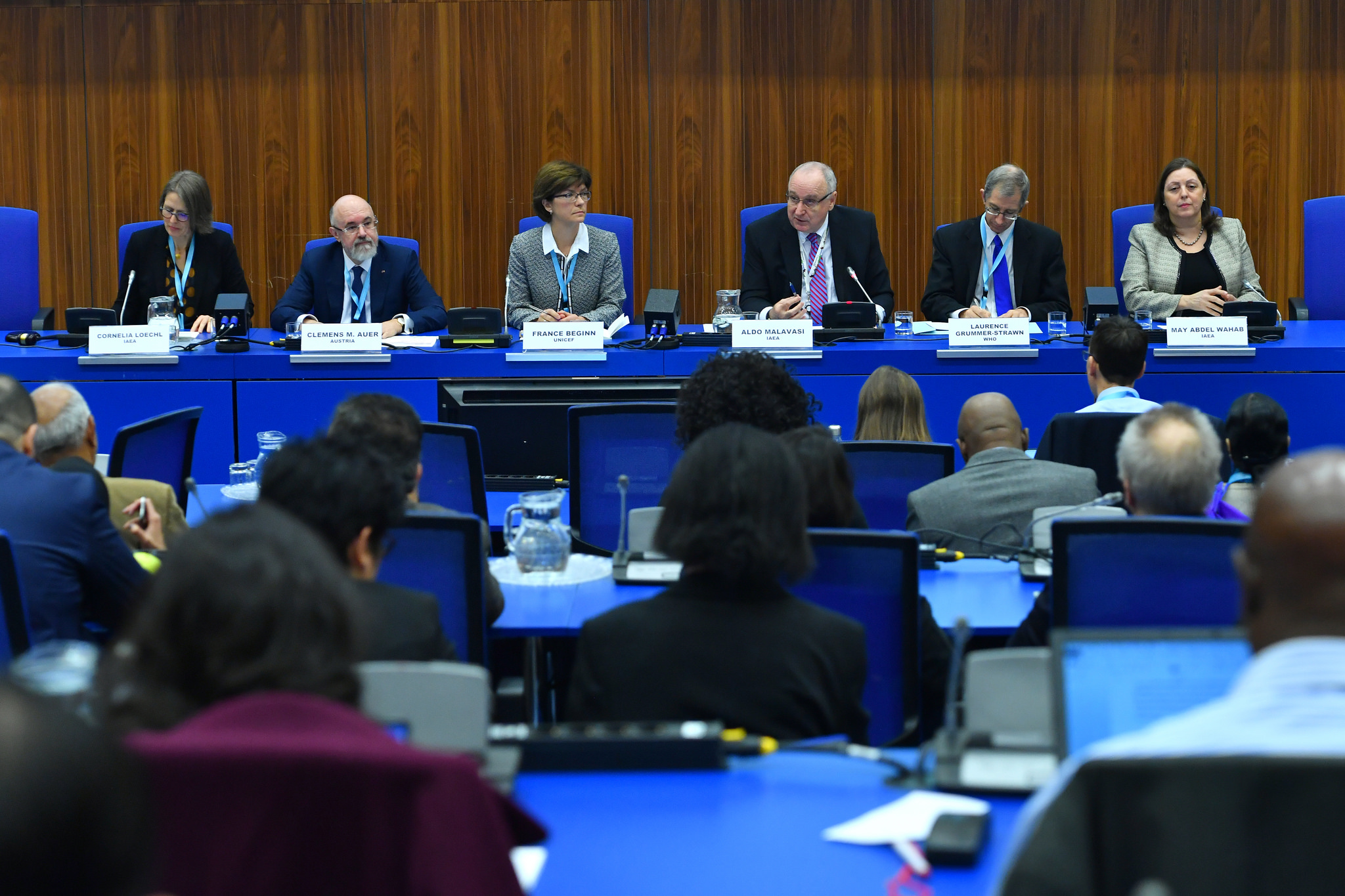Symposium discussions, presentations and poster sessions involved a comprehensive and in-depth look at combatting malnutrition from five angles: epidemiology, biology, assessment, interventions and policy implications. They also explored the role of international organizations and global efforts, such as the United Nations Decade of Action on Nutrition, and the importance of strengthening collective actions across organizations, countries and communities to ramp up the fight against malnutrition.
“Collective leadership has improved in the past five years and now is the time to take it to the next level,” said Lawrence Haddad, Executive Director at Global Alliance for Improved Nutrition (GAIN) and 2018 World Food Prize laureate. He explained how UN organizations, such as the IAEA, UNICEF and the WHO, can work with countries to set out and achieve targets to support national strategies and the Scaling Up Nutrition movement, a global collaborative initiative to improve nutrition.
“Build the next generation and get out there and tell people what the scientific papers mean and what they can do to act on them,” Haddad said. “We have to elevate and come together, but more than that, we have to recruit recruits to our cause.”
Targets and collective actions for the future were a common thread throughout the symposium. Presentations and breakout sessions provided opportunities for participants to identify concrete actions, learn about new assessment tools and discuss strategic opportunities and actions, as well as chart out how to measure malnutrition and assess the impact of interventions with tools such as stable isotopes.
“Stable isotope techniques can help evaluate and monitor nutrition programmes that are in place. We can design and implement a wide range of interventions. However, if we don’t have a dependable method to evaluate them, how can we know if they are working?” said May Abdel-Wahab, Director of the IAEA’s Division on Human Health. “The IAEA tackles many forms of malnutrition through strengthening the use of the stable isotope techniques within Member States. It’s an important piece of the puzzle and can also help support other programmes and initiatives, such as WHO and UNICEF programmes on-the-ground.”
In closing the symposium, participants laid out actions on the way forward, reflecting the findings and conclusions identified over the course of the week. These included:
- Building partnerships across disciplines and stakeholder levels;
- Demystifying nutrition for the public and other non-nutrition sectors; and
- Engaging with youth to boost awareness raising.
